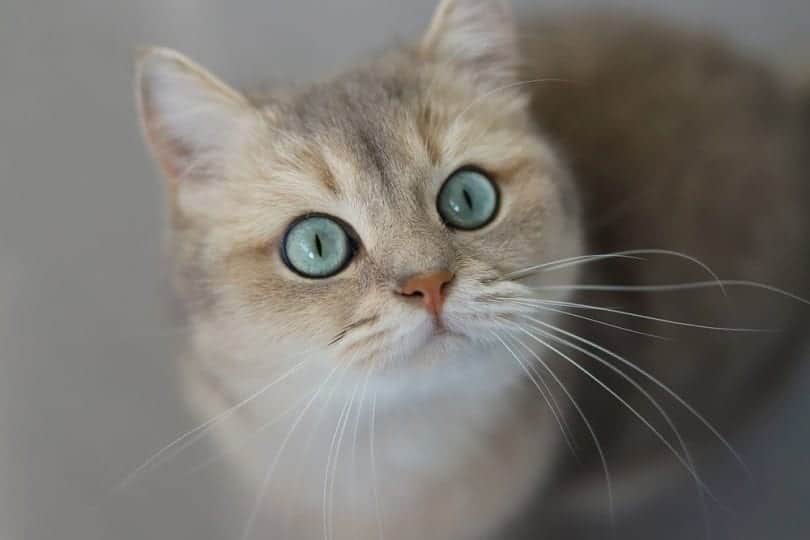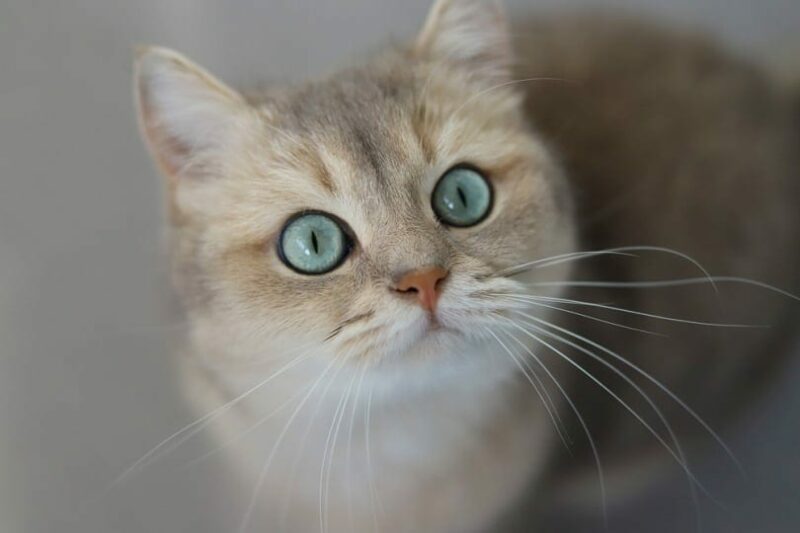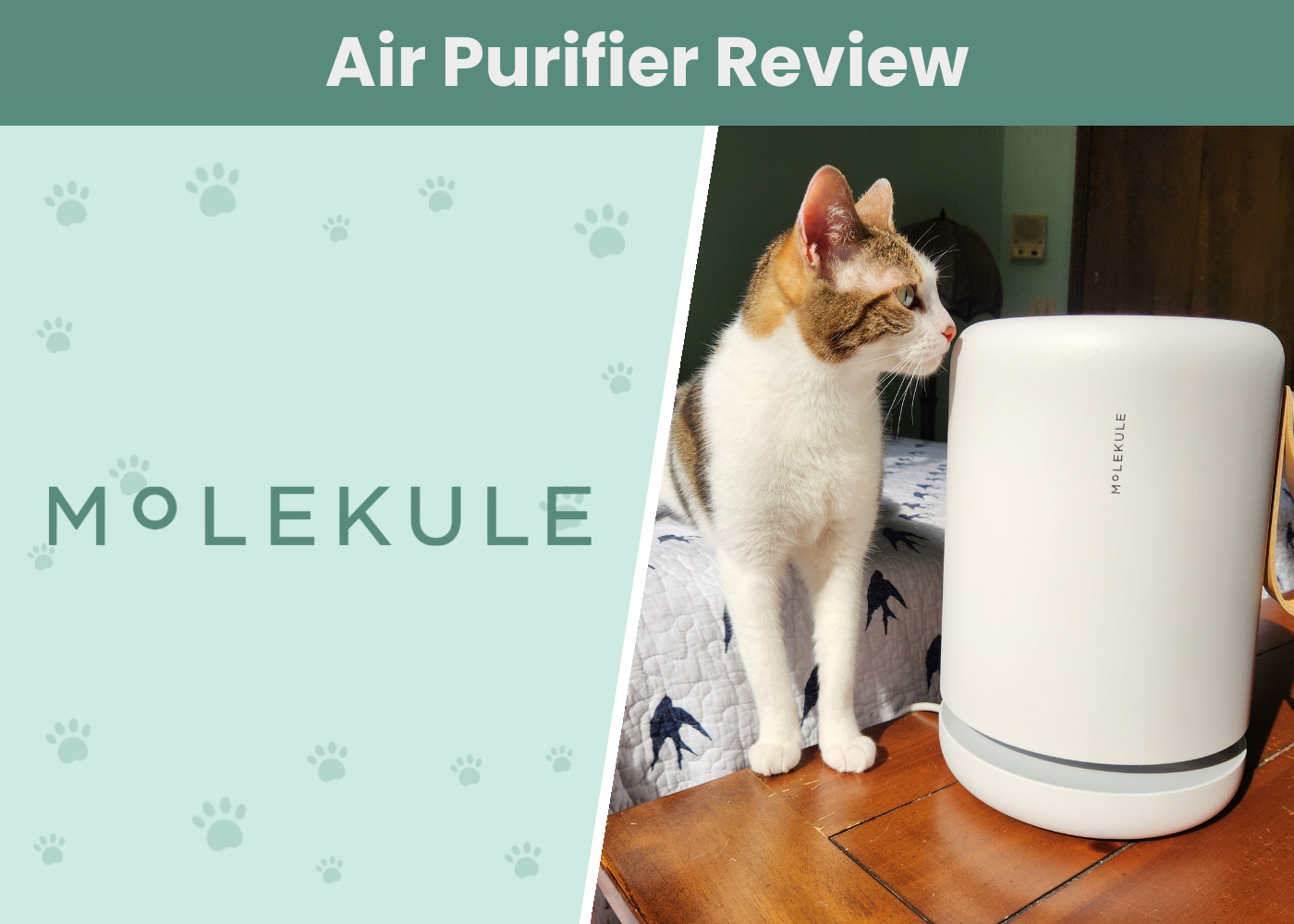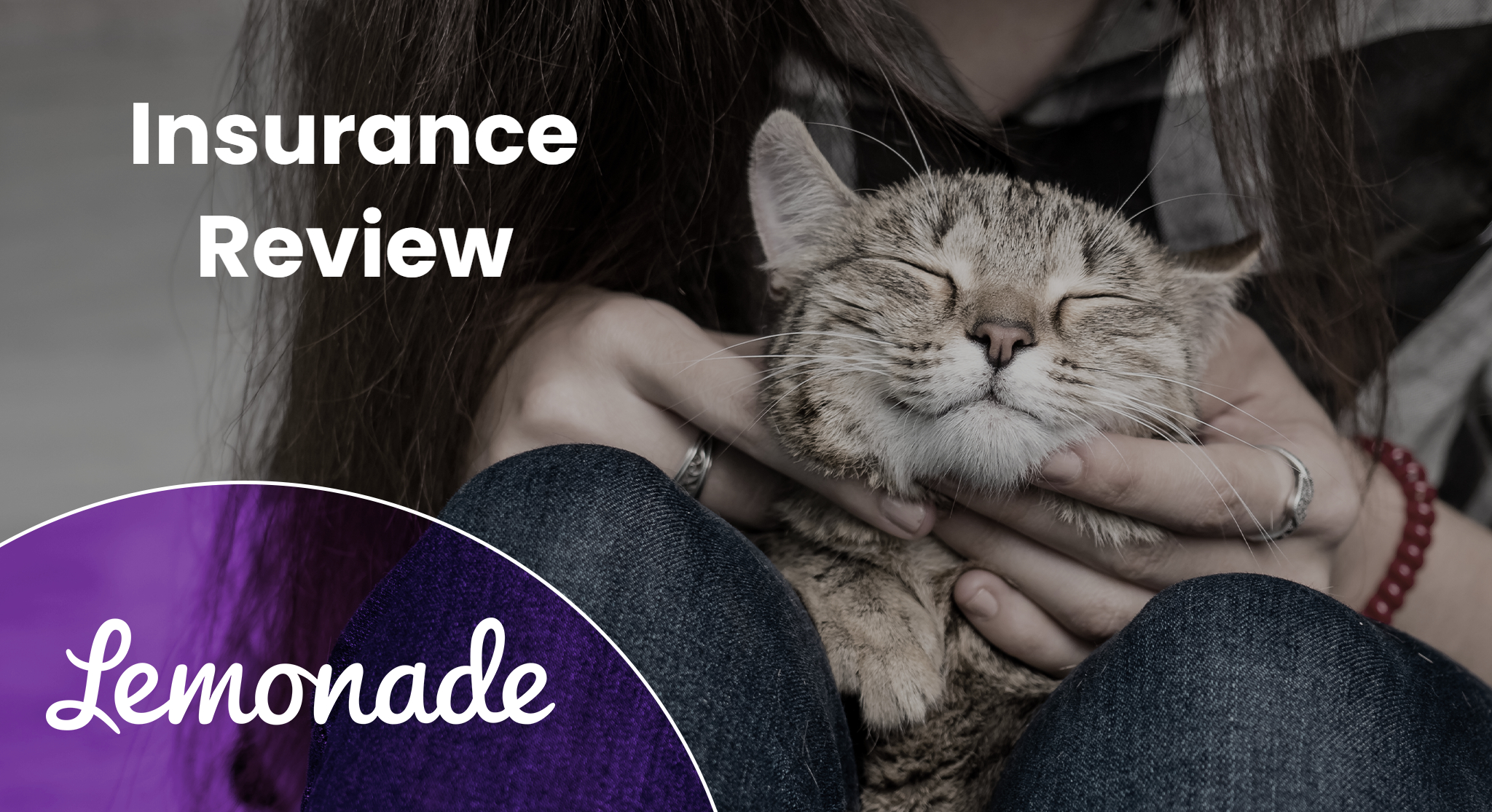You may have recently brought home an adorable new kitten with baby-blue eyes, but did you know that those icy-blue eyes might change to green, brown, or even hazel? Most kitten’s eyes will change color when they are 7 weeks old. So, when exactly can you expect your cat’s eyes to change colors, and why does this happen? Here’s everything you need to know.

Why Do Kittens Have Blue Eyes?
All kittens are born with blue eyes. While some breeds, like Siamese cats, will retain this eye color throughout their lives, most cats’ eye colors will change over time. A kitten’s blue eyes come from light refraction on the iris. What we perceive to be blue-hued eyes is actually a lack of pigment combined with light refraction. Since blue has the shortest wavelength, the light gets scattered and blue reflects back out.
Kittens are born with their eyes shut. When they are between 7 and 10 days old, their eyelids will begin to separate and open. During the first month of their life, a kitten will only see light blurs of shadows and colors. The kitten will achieve full visual and ocular functionality around sixteen weeks of age.
When a kitten learns to see during the developmental eye period, their eyes won’t be fully mature. It’s a vision first, color second situation for cats. After the eyes open, the kitten’s eyes will be blue. As their eyes mature, the color of the iris will slowly transform.
When the kitten is around 7 weeks old, their eyes will start assuming their adult eye colors. This is because the melanocytes of the eye will be fully mature. The melanocytes produce melanin, which is the pigment that determines eye color. How many melanocytes and how much melanin they make will determine the final color, intensity, and depth of the cat’s eyes. Light green cat eyes have small amounts of melanin, while brown eyes have the most melanin.
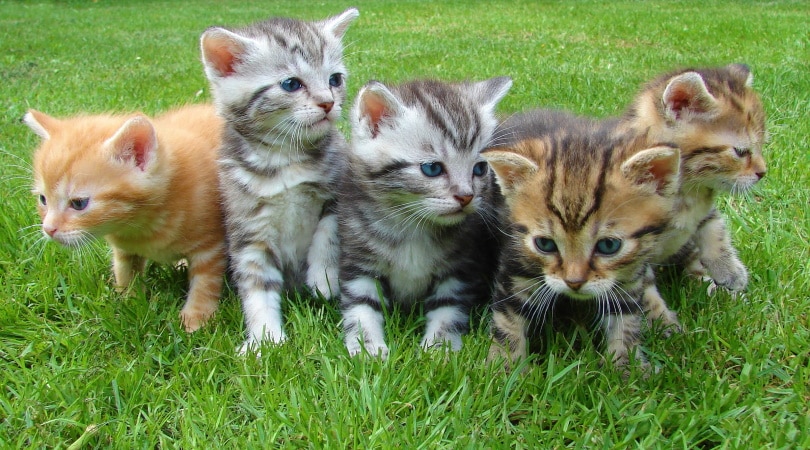
Why Do Some Adult Cats Still Have Blue Eyes?
Some breeds will retain their blue eyes through adulthood. These breeds include:
Their blue eyes are the result of albinism traits. These breeds have limited melanin, resulting in a unique blue color.
- Complete heterochromia: This occurs when a cat has one blue eye and one brown or green eye.
- Sectoral heterochromia: This is when a cat has two distinct colors in the iris.
- Central heterochromia: The blue color radiates from the pupil in the center of the eye and mixes with another color along the outer portions of the eye.
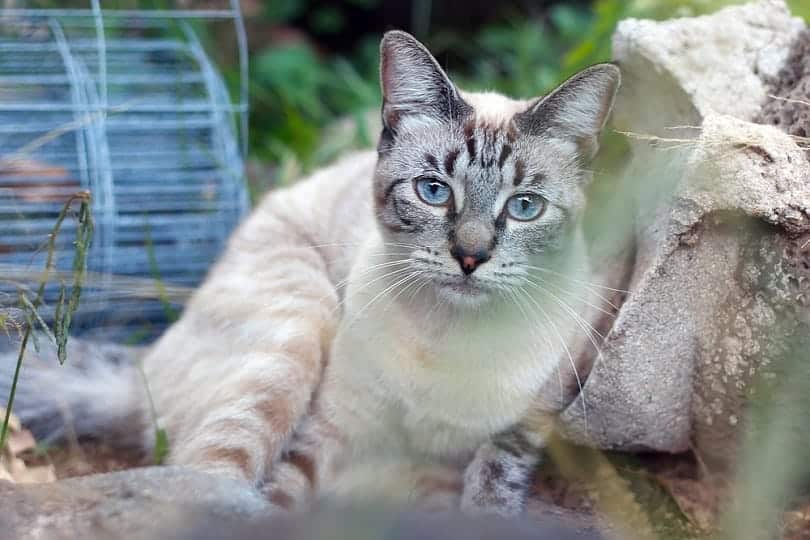
Will My Cat’s Eye Change Colors as They Grow Older?
Once a kitten reaches 7 weeks of age and has gotten her adult eye color, their eyes will not change colors again. However, a cat suffering from some eye conditions might appear to have shifting eye colors, and this requires urgent veterinary intervention.

Conclusion
Your kitten’s eye color will most likely change if they aren’t one of the breeds above. However, all cat eye colors are beautiful and won’t subtract from how special your kitty is.
Featured Image Credit: Anna Azarenko, Shutterstock

